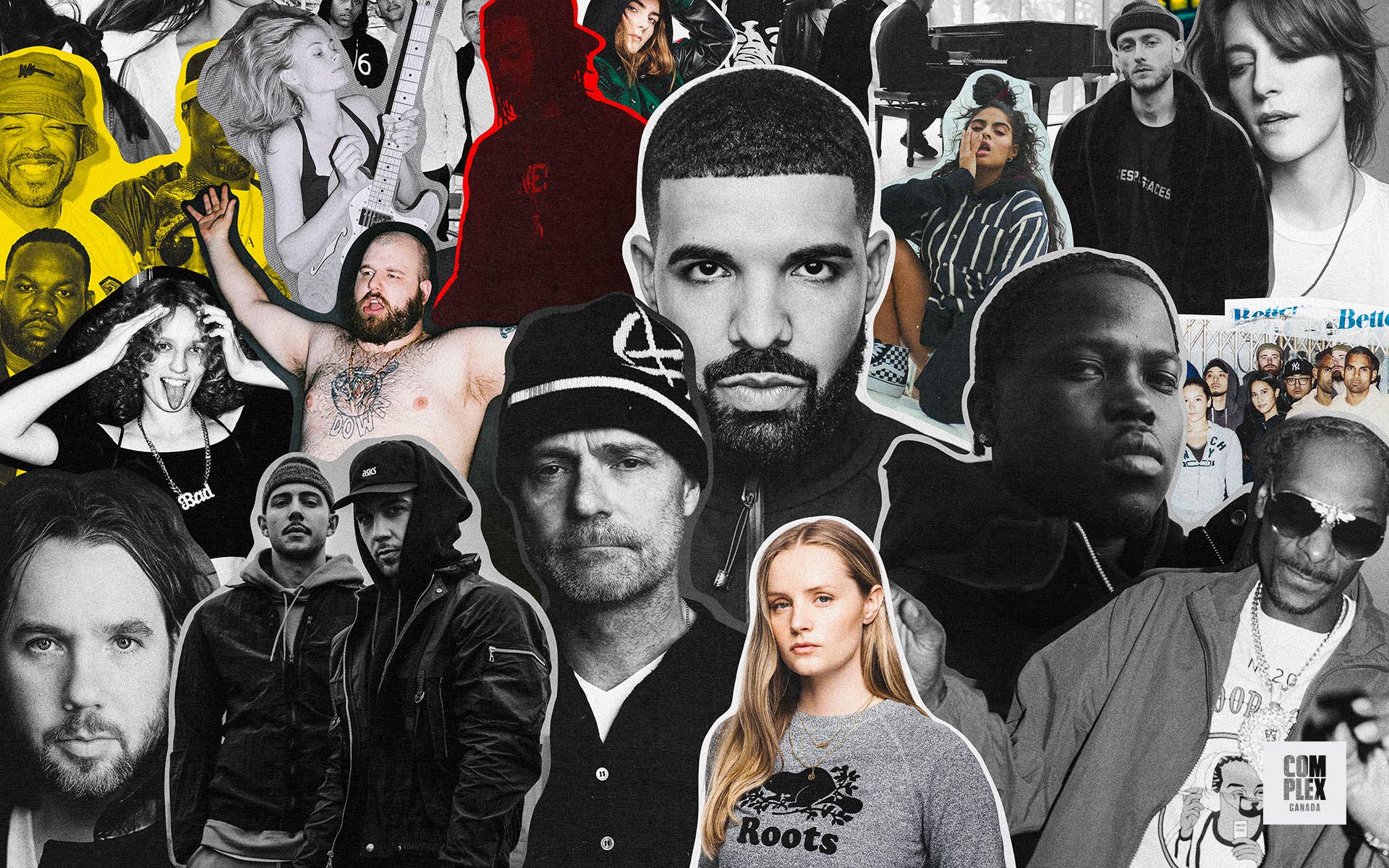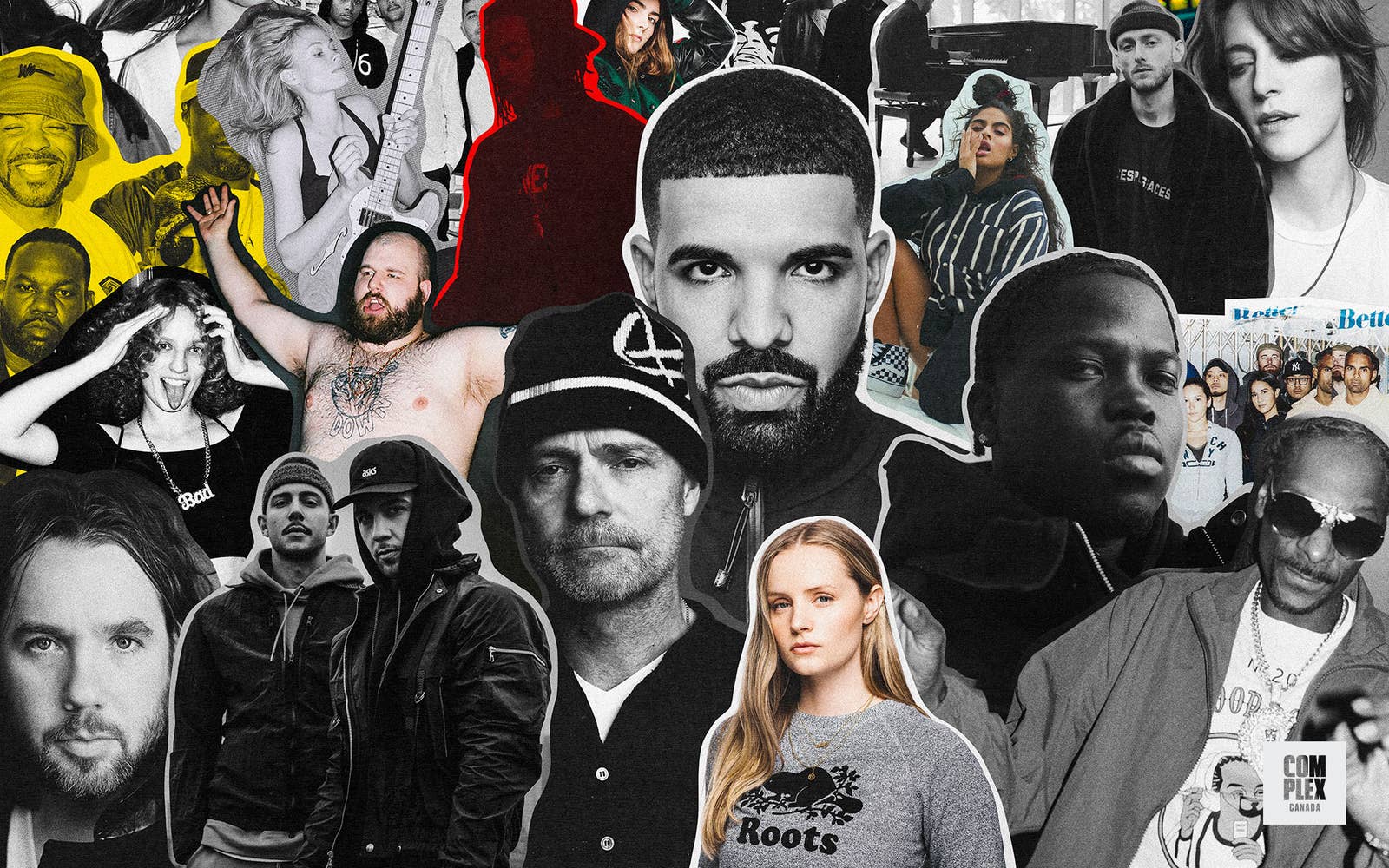
You’ve seen Norman Wong’s work before. If you live in Toronto, you’ve most likely seen it every day—plastered across the side of a streetcar, hung up at a bus stop, looming above you on a billboard. He’s done celebrity portraits and fashion shoots and high-profile ad campaigns; his photos have graced the covers of glossy magazines on newsstands around the world, and they’ve stood fifty feet tall in the heart of it, smack in the center of Times Square. “You have probably seen all this stuff before driving around, walking by,” Wong says of his commercial oeuvre. “It’s my living.”
Wong is one of the premier visual artists working in Canada today. An award-winning creative and commercial photographer, he’s more recently migrated into the world of directing, shooting music videos for a variety of indie artists in the country. His video for Montreal pop artist Charlotte Cardin’s “Meaningless” has even been nominated for a Juno—an honour Wong says left him “absolutely shocked, surprised, and thrilled.” Working on the video, he says, was “mind bending in the best way,” and he credits its success to his team of “incredible minds” who collaborated with him, including Colossale Toronto, Worship Studios, Maddy Denley, Bobby Shore, Amy Gardner, and Gideon Ayesu.
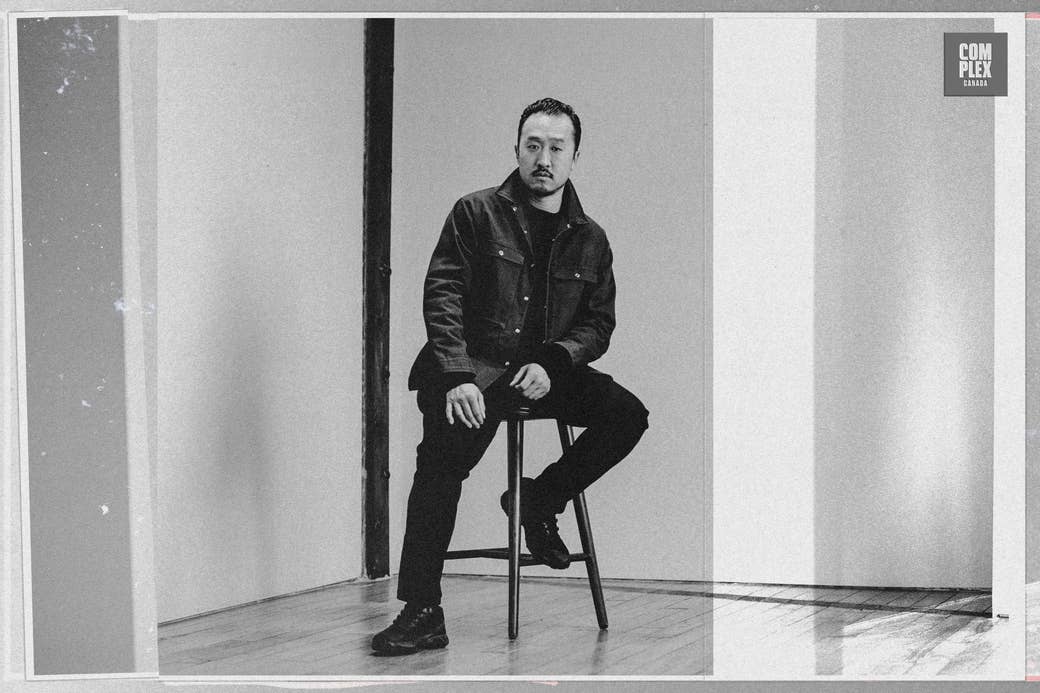
Based in Toronto and the photographer of choice for some of the biggest artists in town, Wong aspires, he says, to be “a part of the cultural fabric of the city,” a chronicler of a unique—and uniquely important—time and place. For him, it’s all about capturing what’s going on. And what’s going on right now is amazing. “Toronto has become a cultural hub for the world, like London in the 1960s,” he says. “I want to tell that story—but not my own story. I don’t like the spotlight much. I prefer to be slightly invisible.” There’s so much happening here, in sports, in the arts, in fashion, in music. Wong is right there to shoot it.
“I’ve been blessed with making so many incredible connections with so many artists in this city and it really has made Toronto world-class over the past decade,” he explains. “Toronto has this insecurity about itself. It’s hated across the country and it’s small compared to other major world cities. The music we export has helped with that confidence immensely.”
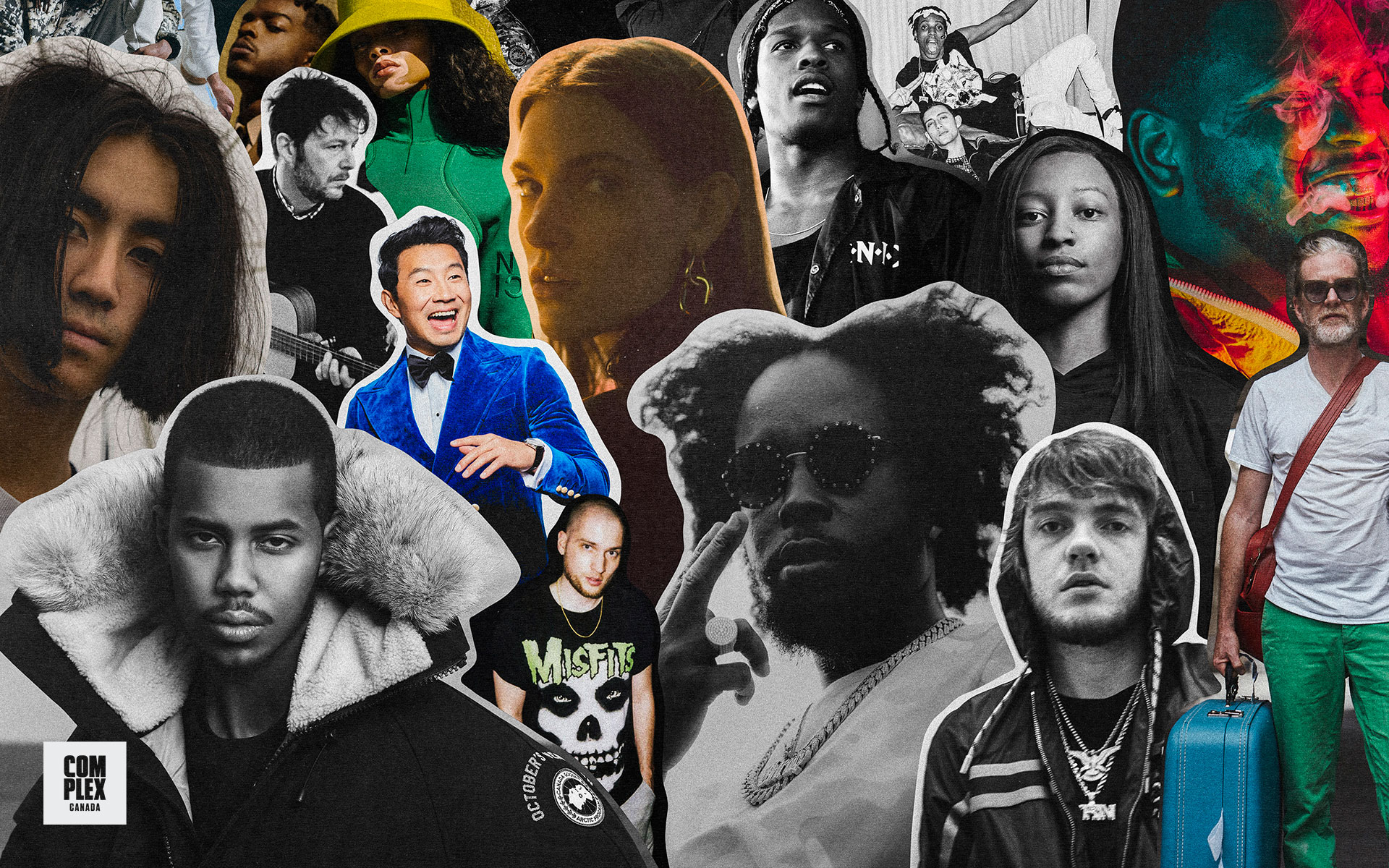
When I got on the phone with Wong, on a recent Friday afternoon, the first thing he wanted to talk about was movies. He knew I sometimes worked as a film critic; did I like the French New Wave and Eric Rohmer, and the Korean filmmaker Hong Sang-soo? It begged the question: If Wong was such an avid cinephile, why wasn’t he making films? “Originally I always wanted to get into filmmaking, but I purposely turned away from it,” he says. “Photography as a life is better-suited to my personality. If I’m making movies, I’d be sitting on my ass all day trying to write, and I’m a terrible, terrible writer. I’m not Ang Lee. So instead I gave up filmmaking and did photography—although recently I have started dipping my toes into some directing.”
Wong came up as a photographer in the early to mid 2000s, and from the start his career, he explains, “was all about indie rock.” Toronto, at the time, was in the middle of an indie rock boom: Feist, Metric, and Broken Social Scene, among others, were blowing up like crazy, and Wong managed to get in on the ground floor, following bands around “like the kid from Almost Famous,” as he puts it. “The first thing I ever did as a photographer professionally was the Live 8 benefit,” he remembers. By his own admission “not a music nerd,” he was bewildered to find himself on stage shooting the likes of Motley Crue and Neil Young. He laughs to think of it now. “It was pretty fucked.”
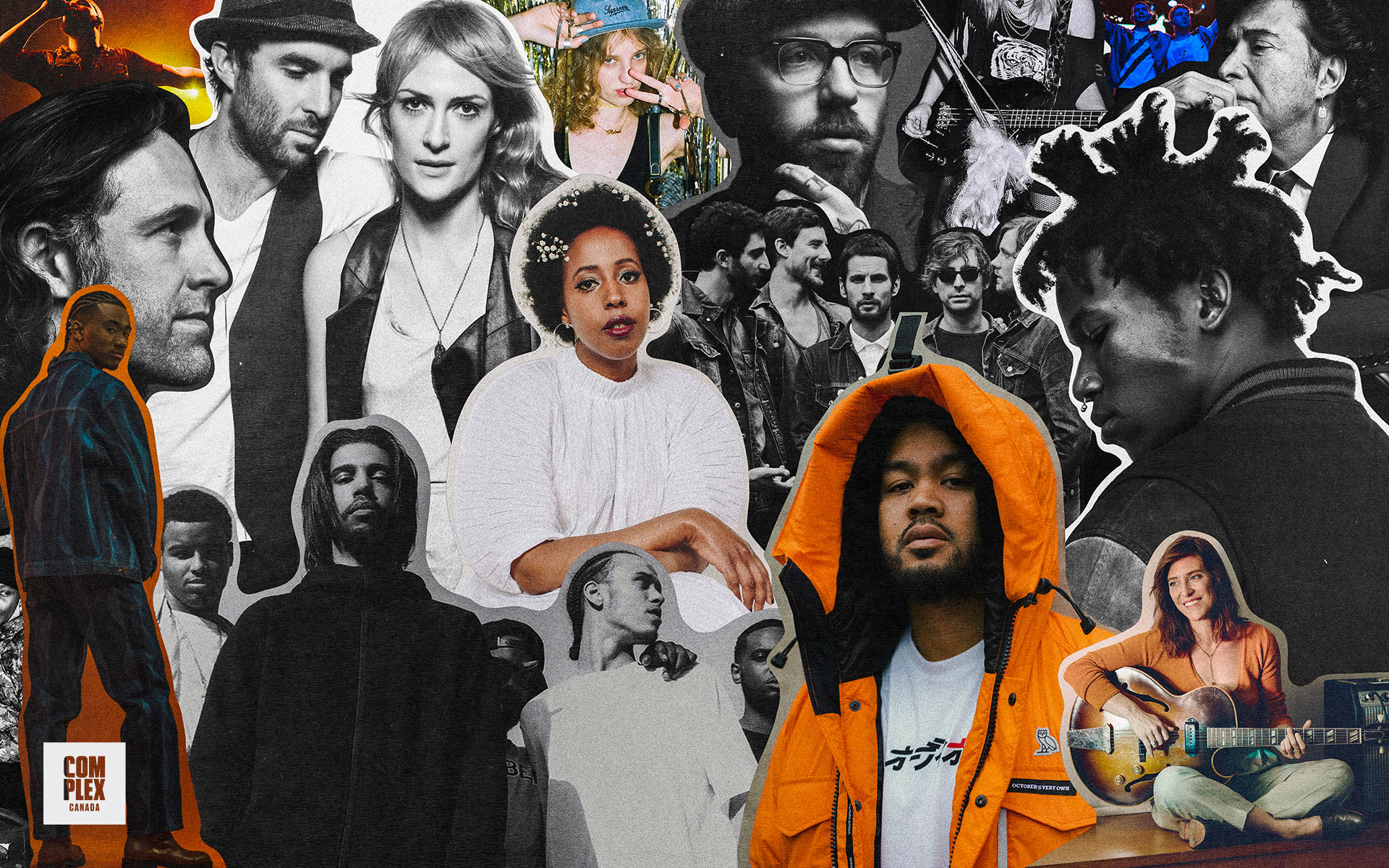
In 2011, a friend of Norman’s, the cinematographer Anthony Von Seck, was working on a project on behalf of Drake, which Drake himself had commissioned on the strength of a doc Seck had made about boxing. The project ultimately never came to fruition, but Seck brought Wong on for a while as the official on-set still photographer. “That was how I met Oliver and 40 and all those guys,” he explains. “But I didn’t see them for a long time after that.” Still, it would turn out to be a pivotal moment in his career. And it wouldn’t the last Wong would see of the OVO crew.
Years later, Wong produced a short documentary for Vice about the secretive world of suburban street racing in Toronto. Oliver got wind of it, and he admired Wong’s work elsewhere in the Toronto creative community. The result was a monumental opportunity: he invited Wong to shoot Drake for what would become the instantly iconic cover art for Drake’s album Scorpion. The moody, high-contrast black-and-white photo has emerged as one of the most striking hip-hop album covers in recent memory—truly an indelible image. And as celebrity portraiture goes, it doesn’t really get any bigger.

What was the impact of shooting a Drake album cover? To hear Wong tell it, not much. “It’s funny, because I thought at the time, you shoot a Drake album cover and things will be crazy, but it wasn’t like that,” he says. “It was nothing. It was just chill.” What was important was the professional relationship that was established. Wong is in deep with the OVO crew today: He’s traveled to Tokyo for OVO events, worked closely with OVO Sound’s Majid Jordan since the beginning of their career.
“It was the diversity that stood out to me,” Wong says about working with the duo. “That crew was the most diverse team I’ve worked with and that truly felt like Toronto to me. It was exciting to work with those guys right when I felt Toronto really hit a chord in terms of its sound. I think Drake’s album Views really captured that moment. Summer 2016 was a great moment for Toronto music and it felt like OVO was a good reason for that.”
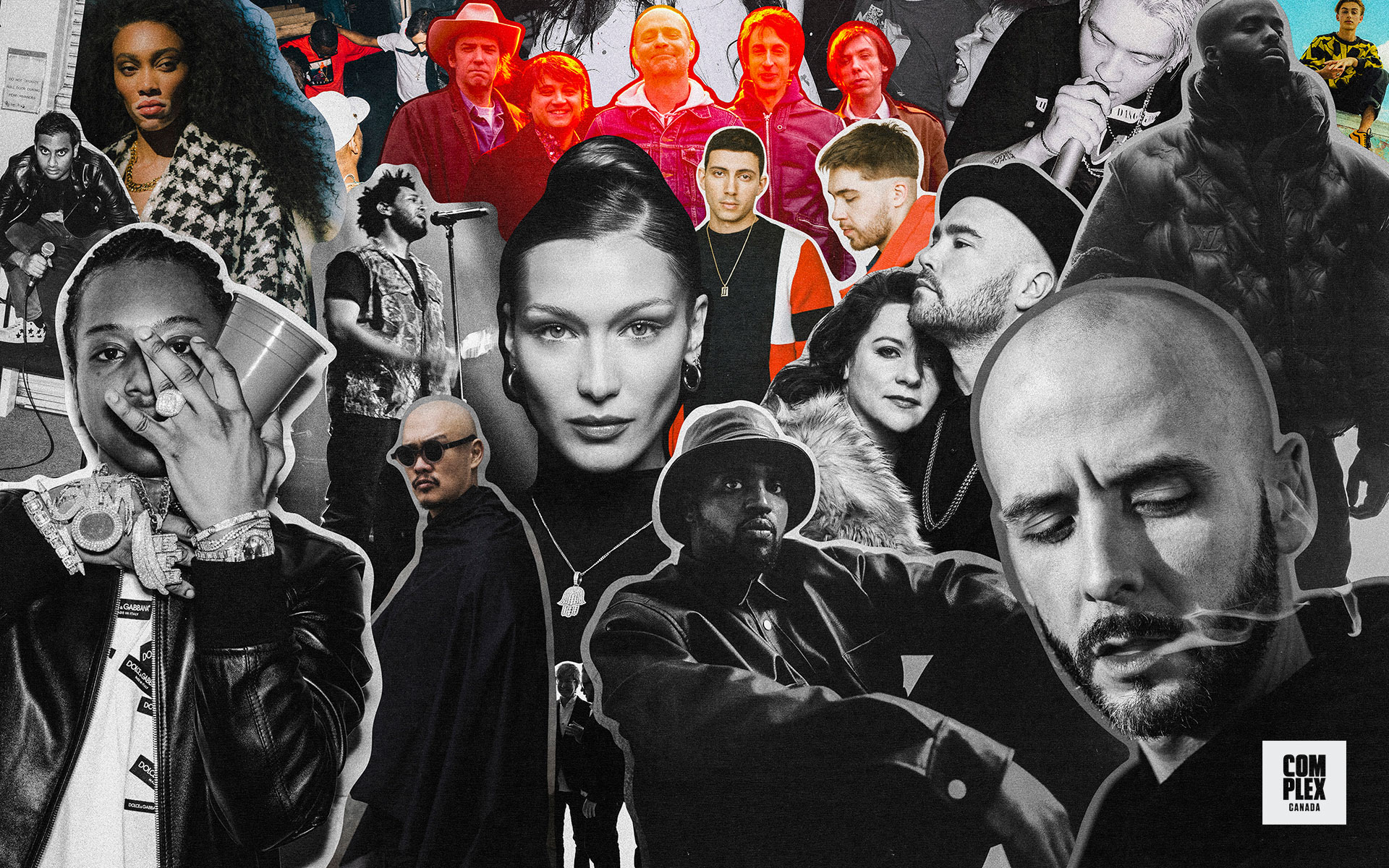
More recently, Wong shot the Nocta campaign for Drake’s new line of streetwear with Nike. As for the man himself, he’s quick to point out that while they work together well, they’re not exactly close. “It’s not like I’m best friends with him,” he says.
Canada’s music scene has certainly undergone quite a metamorphosis over the last two decades. In the early aughts, sprawling indie-rock collectives defined the sounds of major Canadian cities. Now, hip-hop and R&B do. Wong has been there to capture it all. “It’s wild to have been so involved with the music scene on polar opposite ends of the spectrum,” he says. “From organic lattes and bicycles to Hennessy and Bugattis—it’s been an incredible journey to be a part of. To see what those artists did to open doors and inspire everyone around them is incredible to watch.”
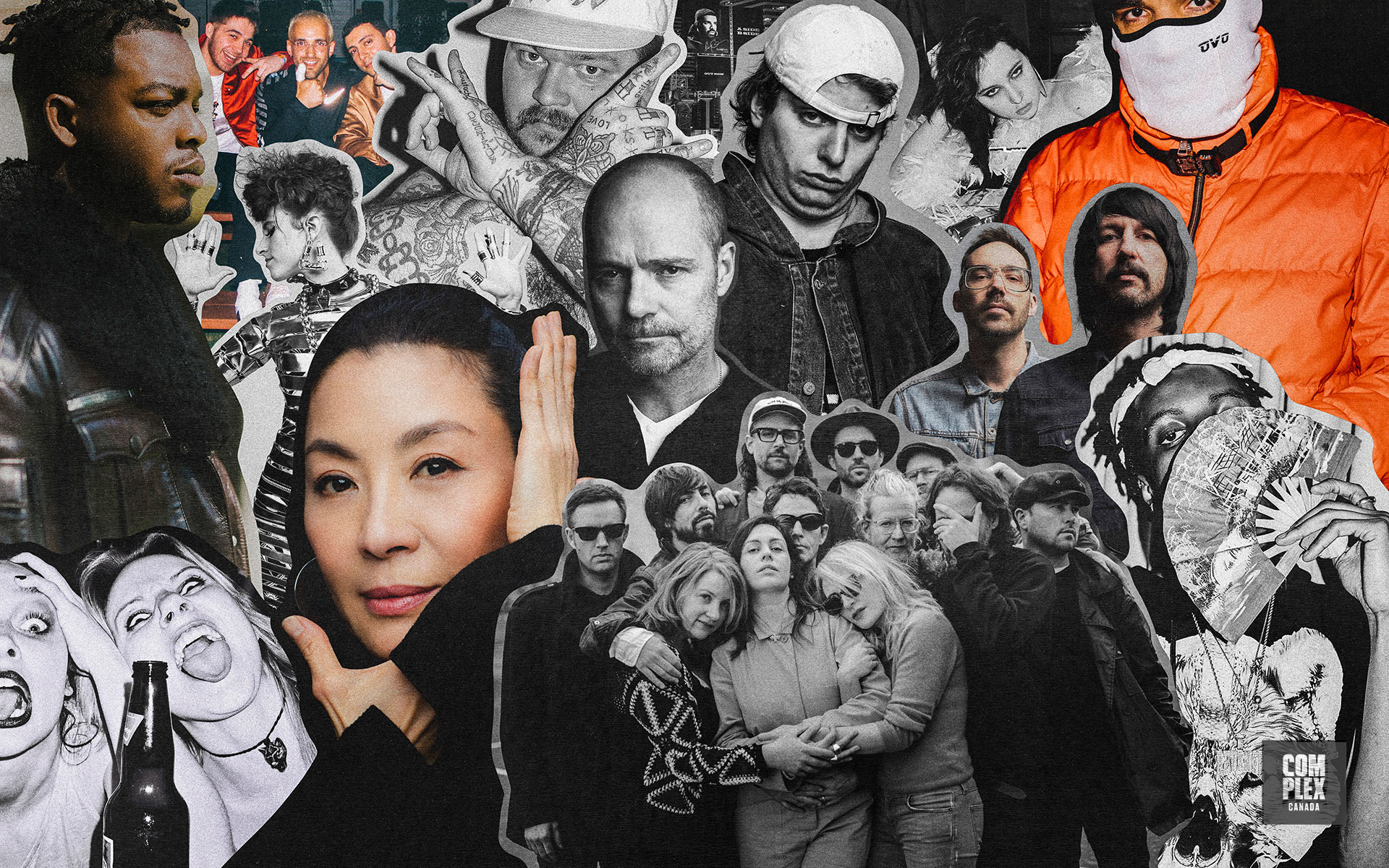
Though he’s primarily based in Toronto, Wong has helped capture the scenes in other parts of the country as well. He’s especially had his eyes locked on the 514. “Toronto and Montreal are like musical siblings. Different sounds and feelings, but they’re both world-class music hubs,” he says. There’s one artist he’s been watching in particular. “I really feel like Skiifall from Montreal will be making a very big wave. What he is doing now is only the beginning. I’m excited to see what he produces in the coming years.”
Wong’s work continues to be ubiquitous. He’s still shooting celebs, from Kevin Hart to Snoop Dogg to Twitter founder Jack Dorsey. But doing a little bit of everything is the only way Wong knows how to do it. “In Europe, you get these photographers with a clear vision and voice, and I envy that,” he says. “I never have a game plan. I never know exactly where I’m going to be. I find I have to be kind of a chameleon.” The ethos has certainly made Wong versatile—and has made it as likely for his work to be plastered across a billboard as to be featured in a serious gallery. The diversity of styles is what’s made him so ubiquitous Toronto- and Canada-wide. “I’ve come across so many situations,” he says. “And I can facilitate whatever the situation is.”

